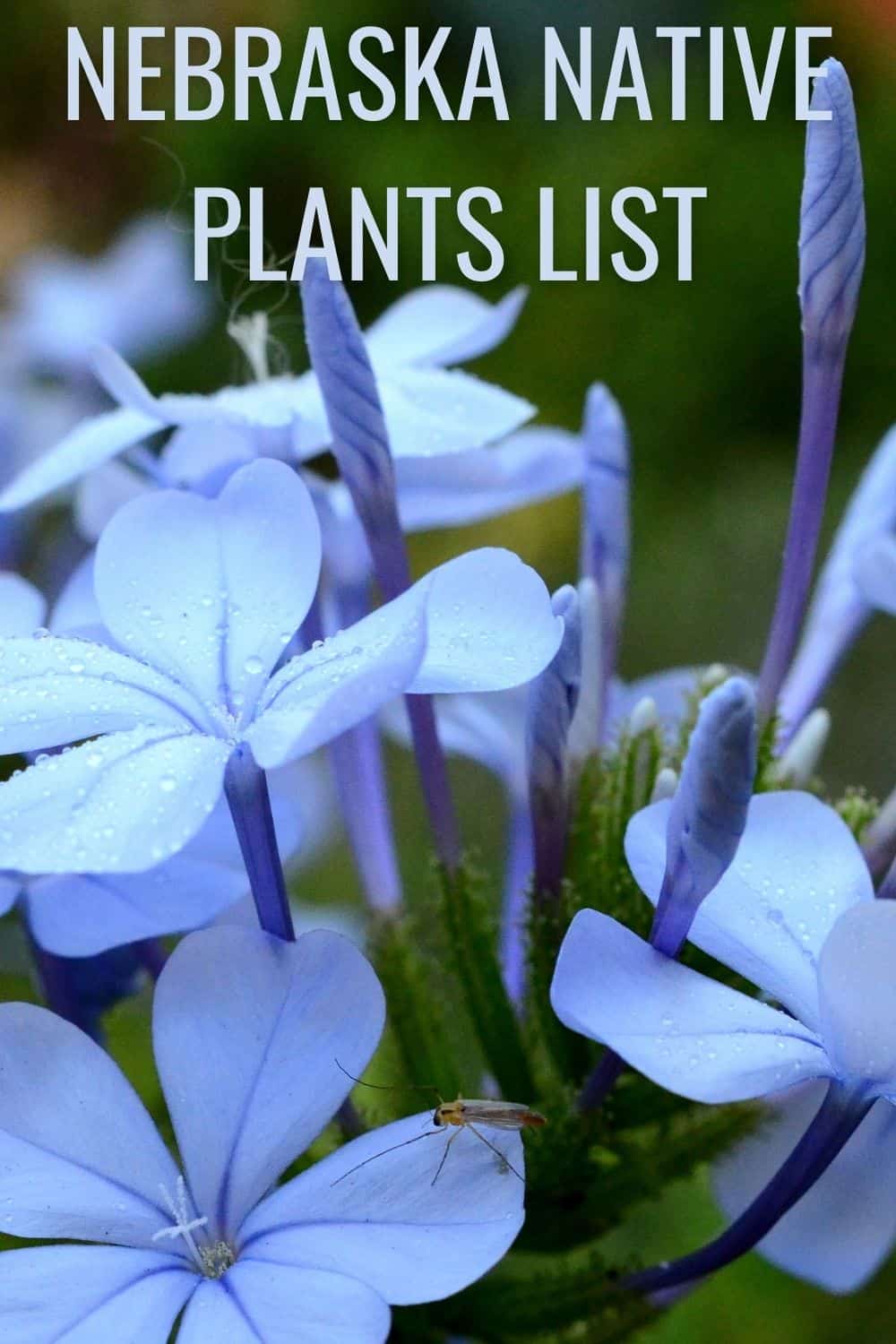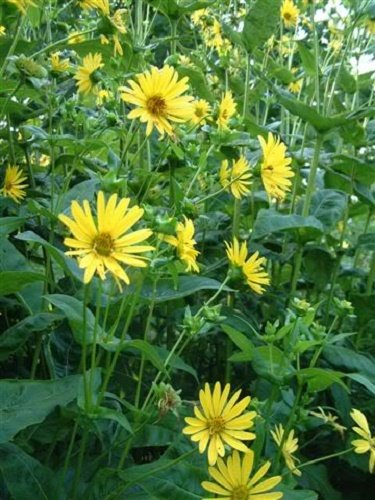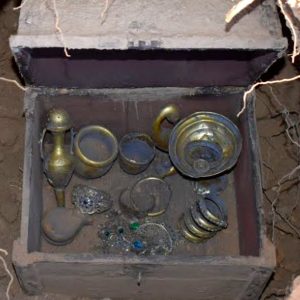Nebraska is a midwestern U.S. state known for the Great Plains and the dunes of the Sandhills, as well as the rock formations around the state’s panhandle. The state tends to have warm summers and cold winters and the average annual temp is around 50 degrees. It has a typical Midwestern climate that experiences all four seasons but big extremes in the form of very hot summers and very cold winters.
It’s also home to many beautiful native flowers that you can use in your garden or landscape. Check out our Nebraska native plants list below to help you get started choosing great plants for your home garden or landscape.
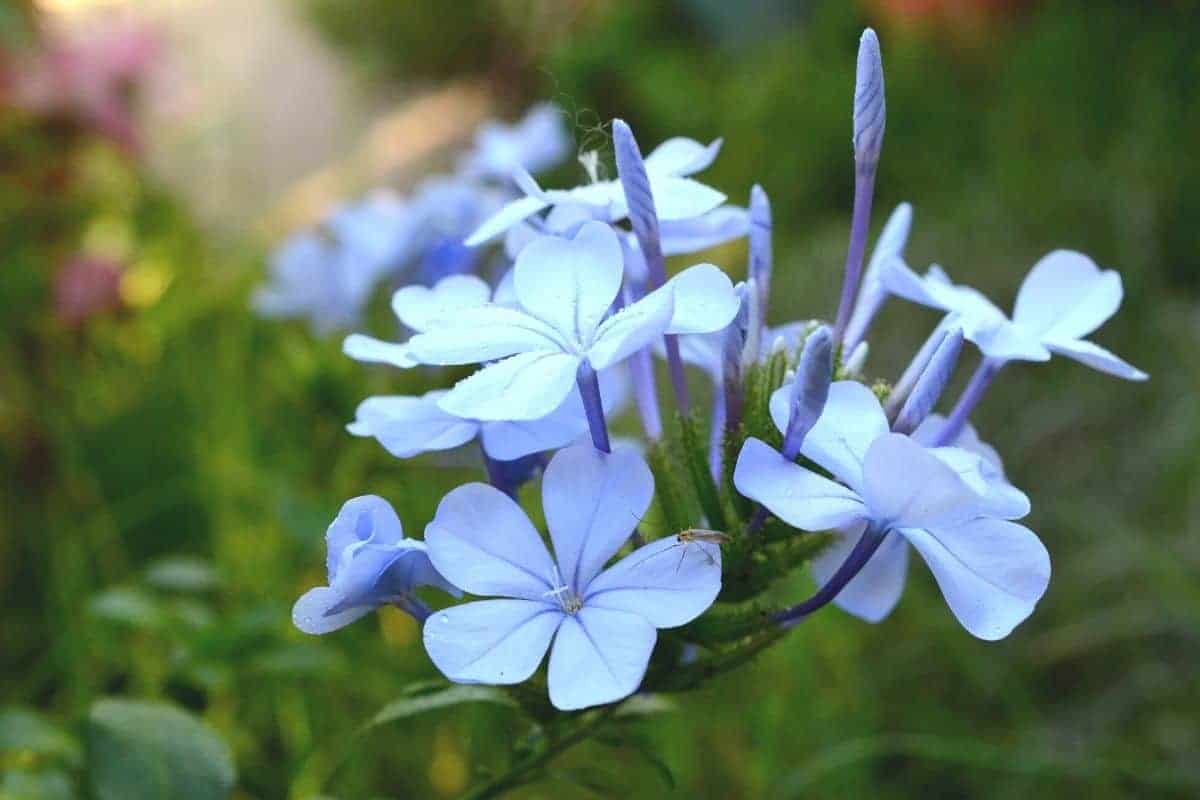
There are so many great native wildflowers to choose from, it’s hard to narrow down the list. Here are 18 of our top picks.
1. White yarrow (Achillea millefolium)
White yarrow is a perennial wildflower that produces many huge, flat clusters of flowers about 5 inches across with 20-25 creamy-white blooms. They bloom on the ends of tall stems and aromatic fern-like foliage. They are very disease-resistant and they’re long-lasting.
Yarrow flowers are great for prairie or meadow plantings. They bloom for weeks from early to late summer and they are also deer and rabbit tolerant. This is a great choice if you want to attract butterflies.
2. False sunflower (Heliopsis helianthoides)
False sunflower is a perennial herb that looks a bit like a small version of a traditional sunflower. It’s easily grown in average, dry to medium, and well-drained soil.
This plant likes full sun and tolerates drought but does best when regularly watered. It is sometimes also called oxeye sunflower or ox-eye daisy. It provides a long summer bloom and has no serious disease issues.
3. Fragrant sand verbena (Abronia fragrans)
Fragrant sand verbena is also called snowball sand verbena, prairie snowball, heart’s delight, and sweet sand verbena. It can be upright or sprawling and it can range in height from 8-40 inches.
The long, funnel-shaped flowers are usually white but sometimes they can have shades of green, lavender, or pink. They grow in clusters at the ends of sticky-hairy, branched stems and bloom from May to September, giving you a long time period of blooming.
4. Blue phlox (Phlox divaricate)
Blue Phlox is a beautiful blooming perennial that grows from 8-18 inches and the flowers are about 1 inch across. There’s phlox that blooms white, red, pink, or purple, but the blue phlox is one of the gorgeous blue flowers you can enjoy in the garden. The leaves are green. The flowers typically bloom from March to May.
Blue phlox uses medium watering and likes moist soil. It prefers part shade to shade, and the showy attractive flowers are great as ornamentals.
5. Anise hyssop (Agastache foeniculum)
Anise hyssop is a short-lived, edible, perennial herb in the mint family. It does best in hardiness zones 4-9. It has been long used in medicinal or culinary applications and it looks stunning in the garden because it grows on long, tall spikes.
It is very aromatic and is also called fragrant lavender or blue giant hyssop.
6. Purple poppy mallow (callirhoe involucrata)
Purple poppy mallow is a species of flowering plant in the mallow family. It is sometimes also known as winecups. It blooms with large, chalice-shaped magenta flowers on a trailing, deeply lobed foliage. It works great in a rock garden or as a ground cover.
7. Clove currant (Ribes odoratum)
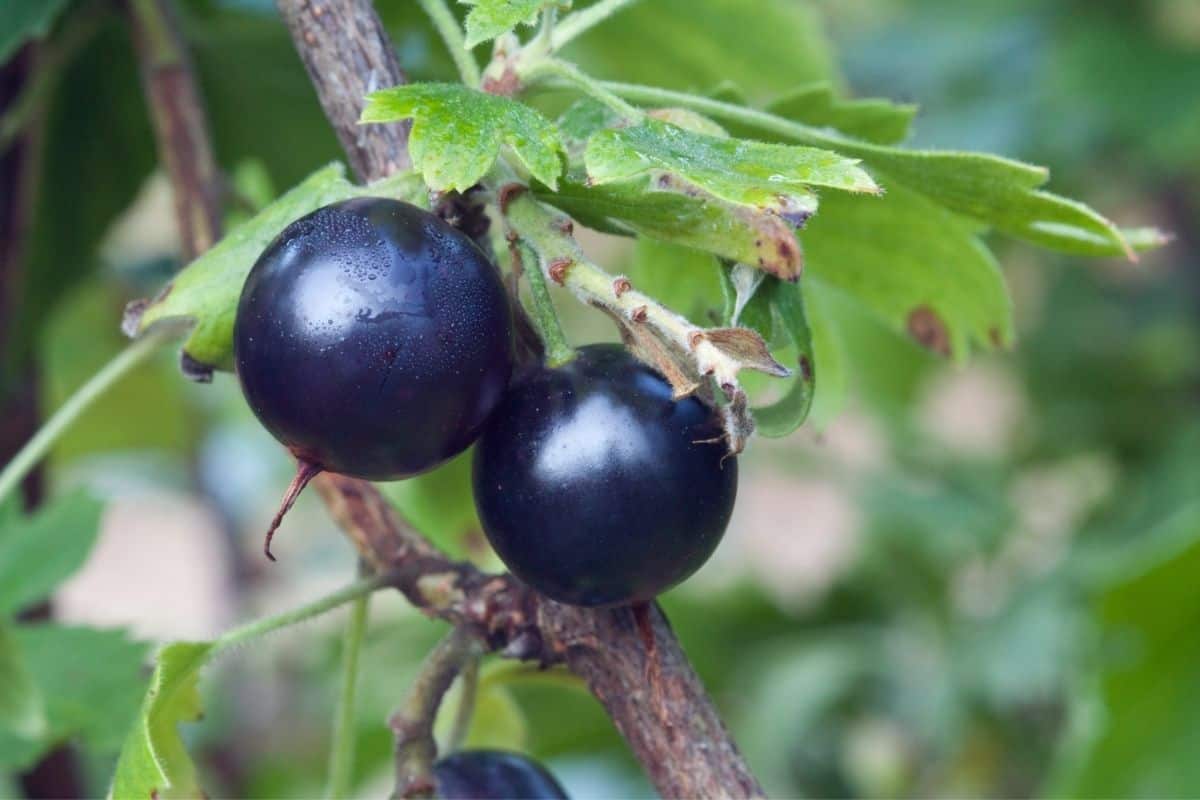
Clove currant is a deciduous shrub that does best in hardiness zones 4 to 8. It grows from 6-12 feet high and 6-8 feet wide in the spread. It likes full sun to part shade and medium water. Clove currant is very low maintenance and once established, you won’t need to do much for it.
The showy flowers are very fragrant and attract birds and butterflies. It’s great when used as a hedge in landscaping, too.
8. Leadplant (Amorpha canescens)
Leadplant is a small deciduous shrub from the pea family. It is sometimes called prairie shoestring. It grows from 1-3 feet tall and has tiny purple flowers grouped together onto spikes. The leaves have short, dense hairs that make them look a bit gray.
Lwadplant has very deep roots that can go four feet or deeper into the soil. The fruit is brown and the blue and purple flowers bloom in June and July. It likes full sun or part shade and dry soil that is well-drained.
9. Tall blazing star (Liatris aspera)
The tall blazing star also called a rough blazing star, is a showy, drought-tolerant perennial that grows up to 5 feet tall. It doesn’t branch, and the flowers grow up the stem, not just on the ends.
In late summer, monarch butterflies as well as other pollinators will visit the rosy, purple flower spikes. The leaves are long and narrow, with the largest as much as 1 inch wide and 12 inches long.
Blooms will start at the top of the stalk and work their way down. Sometimes also called tall gayfeather, it is one of the most popular gay feathers, part of the aster family.
10. Aromatic aster (Symphyotrichum oblongifolium)
Related to the blazing star, this is sometimes called wild blue aster, shale aster, or fall aster. It is a flowering perennial herb that grows about 1-2 feet tall and has a spread of 1-3 feet.
The aromatic aster blooms beautiful purple or violet flowers from September through November, making it a late-season bloomer. It likes full sun and part shade, and dry to moist soil conditions.
To prevent it from getting too top-heavy, you can prune it back (but no more than half) in late June.
11. Wild senna (Senna hebecarpa)
Wild senna is sometimes called American senna. It is part of the pea family and is a perennial herb. It grows clusters of yellow to orange flowers on top of sparse branches or in axils of compound leaves. The flowers bloom in July and August.
Wild senna likes full sun to part shade and medium water usage. It likes moist soil with sand or heavier loam. It’s very easy to care for and attracts hummingbirds and butterflies to your garden.
12. Butterfly milkweed (Asclepias tuberosa)
Butterfly milkweed is also called orange milkweed, butterfly weed, and chigger flower. It is a big favorite of butterflies, which is where it gets its common name.
This bushy perennial can grow from 1 ½ to 2 feet tall and has large, flat-topped clusters of bright-orange showy flowers at the top of its stems. The leaves are 1 ½ to 2 ¼ inches long, pointed, and smooth on the edges. The flowers are 2-5 inches across. It’s grown quickly and easily from seed in most home gardens and blooms from May until September, providing blooms for pollinators for many months.
13. Missouri evening primrose (Oenothera macrocarpa)
Missouri evening primrose is also native to Nebraska and this perennial herb is short, only growing about 1 foot in height. It can spread 1 to 1 ½ foot.
This plant likes full sun and the yellow flowers bloom from May to August. It likes dry to medium watering and is very low maintenance.
14. Pale purple coneflower (Echinacea pallida)
Pale purple coneflower is a prairie favorite. It can grow up to 3 feet tall and has very pale purple to pink flowers. It blooms in the early summer, so it provides early access for pollinators when many other flowers are not blooming yet. Coneflowers are easy to care for and once established require little maintenance.
15. Compass plant (Silphium laciniatum)
Compass plant is in the aster family, like several others on this list. It grows about 6-12 feet tall, and the central stem is very thick. It’s tall and elongated and the flowers are about 3-4 inches across. They look a bit like wild sunflowers in overall size, shape, and structure. They like full sun and slightly dry conditions.
16. Native black-eyed Susan (Rudbeckia Hirta)
This is a classic flower to prairies and meadows. Known for its very distinctive flowers with the brown or black center (the “eye”) and the yellow petal-like rays around it, black-eyed Susan is a striking flower that is pretty easy to care for. It grows 1-2 feet tall and will bloom from June all the way to October.
17. Sweet flag (Acorus calamus)
Sweet flag is a rush or sedge that grows from 2 to 2 ½ feet high and has a spread of 1 ½ and 2 feet. It likes full sun to part shade. It can tolerate heavy shade and erosion as well as wet soil.
Sweet flag has no significant flowers, but it’s easily grown in average and medium to wet soils. It doesn’t suffer from any serious insect or disease problems.
